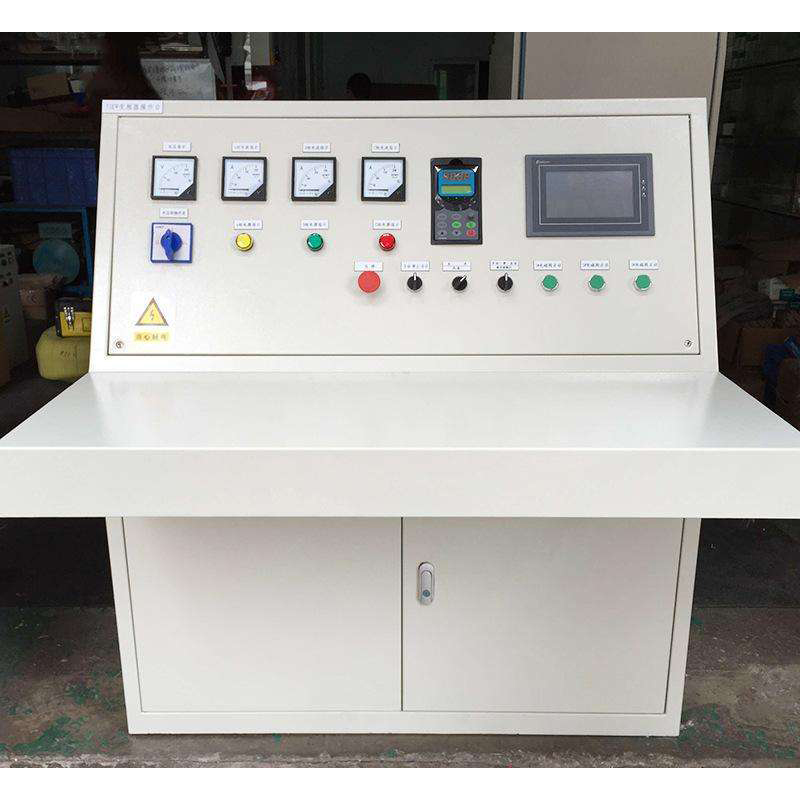
Dec . 01, 2024 12:49
Back to list
Pressure Regulating Valve for Enhanced System Efficiency and Safety
Pressure Regulating Valves An Overview
Pressure regulating valves (PRVs) are essential components in various fluid systems, designed to maintain a desired pressure level regardless of fluctuations in upstream pressure or downstream demand. Their significance spans multiple industries, including water management, oil and gas, pharmaceuticals, and food processing. Understanding the working principles, types, and applications of PRVs can enhance system efficiency and safety.
At its core, a pressure regulating valve functions by controlling the flow of fluid through a system to ensure that pressure remains constant. This is crucial in applications where over-pressurization can lead to equipment failure, leaks, or even catastrophic events. Essentially, the PRV automatically adjusts the flow rate to maintain the desired downstream pressure, reacting to variations in demand or supply conditions.
One of the primary types of pressure regulating valves is the spring-loaded regulator. This type uses a spring mechanism to sense pressure changes. When downstream pressure rises above the set point, the spring compresses, allowing the valve to partially close, thereby reducing flow and bringing the pressure back within the desired range. Conversely, if the pressure falls, the spring expands, allowing more fluid to pass through. This dynamic regulation is vital for many critical processes.
.
PRVs are widely used in water supply systems to maintain steady pressure levels, ensuring consumers receive water consistently without fluctuations. In irrigation, these valves help manage pressure, preventing damage to crops and irrigation equipment. In the oil and gas industry, they protect pipelines from over-pressurization, reducing the risk of leaks and spills, which can have severe environmental consequences.
صمام تنظيم الضغط

In the HVAC industry, PRVs are crucial for controlling the pressure of refrigerants, ensuring efficient operation of heating and cooling systems. By maintaining stable pressure levels, these valves contribute to energy efficiency and long-term reliability of HVAC equipment.
Furthermore, in laboratory settings, precision pressure control is vital for experiments and processes. PRVs provide the necessary regulation to ensure that chemical reactions occur under optimal conditions, minimizing risks and maximizing results.
Implementing a pressure regulating valve in a system can lead to significant cost savings. By preventing over-pressurization, PRVs reduce wear and tear on equipment, extending its lifespan and minimizing maintenance costs. Additionally, maintaining optimal pressure can improve energy efficiency, leading to lower operational costs.
However, selecting the right PRV is critical. Factors such as fluid type, required pressure range, flow rates, and installation space must be carefully considered. It's also essential to perform regular maintenance and inspections to ensure PRVs function effectively, as any malfunction can lead to serious consequences.
In conclusion, pressure regulating valves play a pivotal role in a wide array of industries by ensuring stable pressure levels, enhancing safety, and improving efficiency. Their operations—whether mechanical or electronic—are crucial in managing various fluid systems. As technology advances, the functionality and precision of PRVs will continue to evolve, solidifying their place as indispensable components in modern engineering and industrial processes. Understanding their significance and application can lead to safer and more efficient systems across multiple sectors.
Next:
Latest news
-
Safety Valve Spring-Loaded Design Overpressure ProtectionNewsJul.25,2025
-
Precision Voltage Regulator AC5 Accuracy Grade PerformanceNewsJul.25,2025
-
Natural Gas Pressure Regulating Skid Industrial Pipeline ApplicationsNewsJul.25,2025
-
Natural Gas Filter Stainless Steel Mesh Element DesignNewsJul.25,2025
-
Gas Pressure Regulator Valve Direct-Acting Spring-Loaded DesignNewsJul.25,2025
-
Decompression Equipment Multi-Stage Heat Exchange System DesignNewsJul.25,2025

